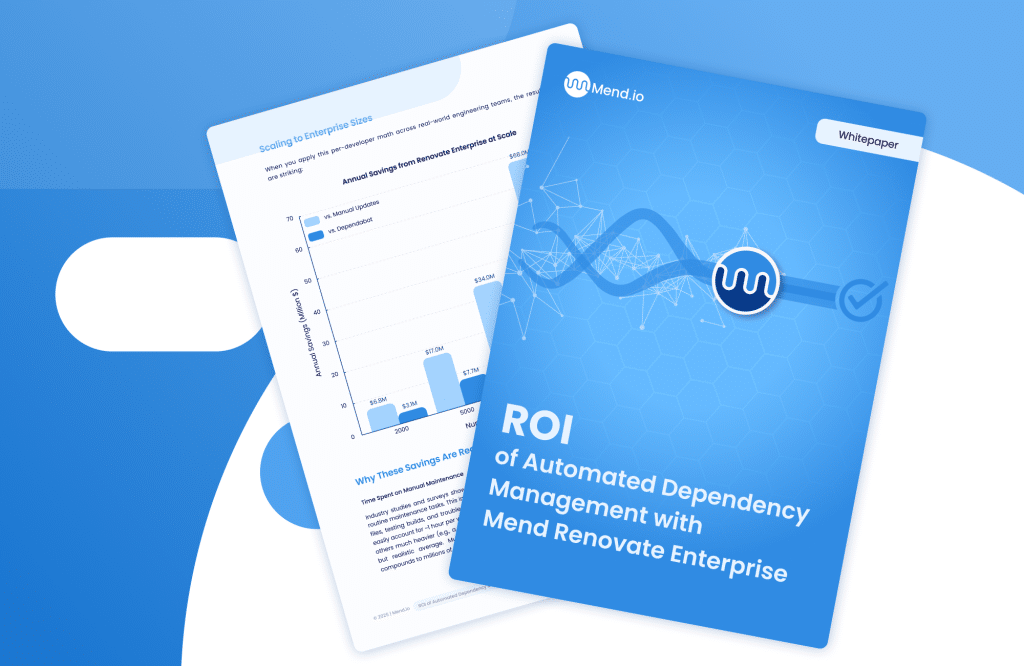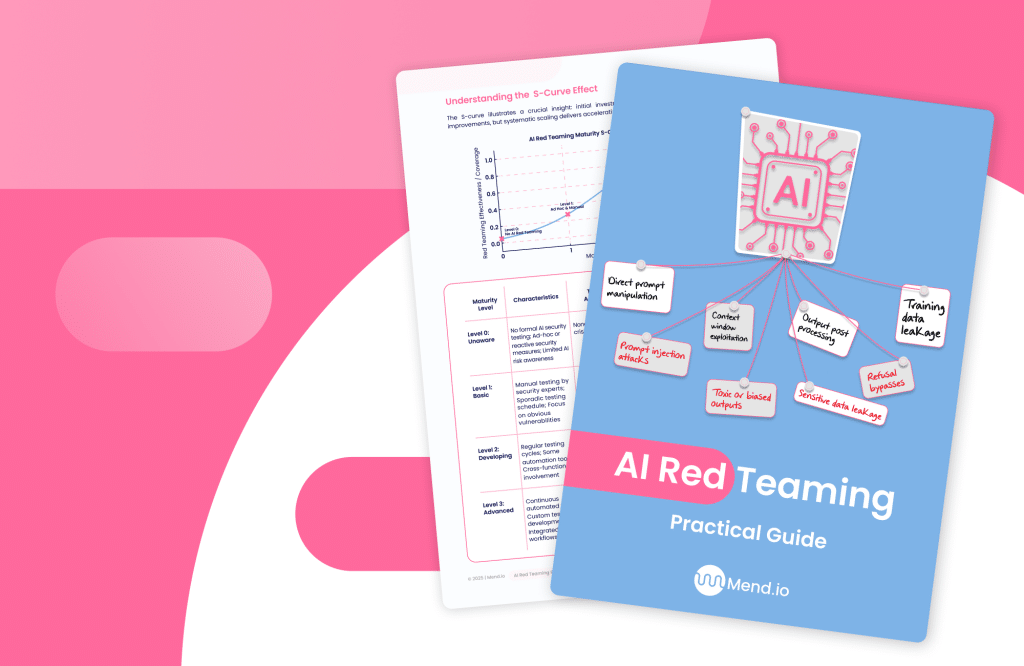AI behavioral risks
As conversational AI drives customer interactions, understanding its unique, contextual risks has never been more critical. From prompt injection to misinformation and unintended data exposure—learn how these tools can be exploited, and why understanding their behavioral risks is critical for staying secure in an AI powered world.
Prompt injection
Attackers manipulate the input prompts to alter the Conversational AI’s behavior.
Context leakage
When sensitive internal info, IP, or system prompts are unintentionally exposed, revealing operational details and algorithms, it creates legal/security risks and allows competitors to copy proprietary tech.
Fake news
When AI spreads false information, it erodes user trust, leads to poor decisions, and harms brand credibility–risking damaged reputations, regulatory scrutiny, and lost loyalty.
Breaking prompt length limit
Overwhelming the AI with excessive inputs can cause service outages (DoS/DoW) by exhausting resources, leading to downtime, higher costs, and poor user experience.
Jailbreak
Tricking the AI to bypass its safety controls, enabling the creation of harmful or unethical content risks AI misuse, regulatory issues, and brand damage.
RAG poisoning
Malicious data injected into RAG systems corrupts AI outputs, causing misinformation or biased responses compromises system integrity, trust, and security.
Model leakage
Accidental exposure of the model’s details enables IP theft, competitor replication, and targeted attacks–posing significant competitive, legal, and security risks.
Data exfiltration
Exploiting the AI conversation to subtly extract confidential documents, IP, or personal data leading to serious security breaches and compliance risks.
Manipulation & Phishing
Using deceptive prompts to make the AI trick users into revealing sensitive data or performing unsafe actions, facilitating phishing or social engineering attacks.
Undesired outcomes
Conversational AI deviates from its expected and intended use.
Intentional misuse
Users deliberately prompting the AI for harmful outputs, causing service issues, increasing operational costs, and risking reputational harm from inappropriate content.
Competition infiltration
AI responses steer users toward competitors, causing direct revenue loss, reduced customer loyalty, and weakened market standing.
Comparison
AI makes controversial comparisons (e.g., between groups or entities) that offend users, sparks backlash, damages reputations, and erodes trust.
Aggression limits
An AI that’s overly assertive or aggressive in its response can alienate users, reduce engagement, and negatively impact brand perception.
Toxicity
The AI generates harmful, abusive, or offensive content, damaging user trust, brand reputation, and potentially leading to legal issues.
Bias
AI produces biased or discriminatory content, undermining fairness, violating ethical standards, harming public perception, and risking legal penalties.
Profanity
The AI uses vulgar language, degrading user experience and damaging brand reputation.
Hallucination
Conversational AI generates factually incorrect or nonsensical data.
Relevancy
AI provides off-topic or unhelpful answers, frustrating users, eroding trust, and hindering adoption.
Domain specific errors
AI gives inaccurate information in critical fields (think healthcare, law, or finance), potentially causing real-world harm, legal liabilities, and loss of credibility.
Model language precision (Generating non-existing info)
AI invents facts or provides nonsensical information–misleading users, spreading misinformation, damaging credibility, and potentially causing real harm.
Citation/URL/Title check
AI fabricates or provides inaccurate citations/references–misleading users, damaging credibility, and potentially creating legal liability.
RAG precision
AI incorrectly uses external data in RAG systems, leading to factual errors and misleading outputs that undermine trust and spread misinformation.
Paranoid protection
AI is overly cautious, wrongly flagging safe user input and triggering protections unnecessarily which harms user experience and engagement.




Social engineering
Attackers trick the conversational AI to gain unauthorized access to valuable data.